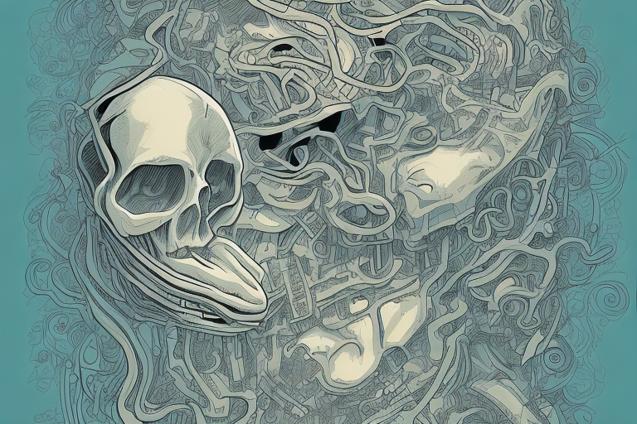
Capture all the breathtaking moments and stunning landscapes of your sailing adventures with greater detail and flexibility by shooting in RAW format.
The Benefits of Shooting in RAW Format
As you embark on your sailing adventures with your family, capturing the breathtaking moments and stunning landscapes is an essential part of the journey. Photography and videography play a crucial role in documenting your experiences and sharing them with friends, family, and fellow sailors. One of the most important decisions you’ll make as a photographer or videographer is whether to shoot in RAW or JPEG format. In this article, we’ll explore the benefits of shooting in RAW format and how it can enhance your sailing memories.
What is RAW Format?
Before diving into the benefits of RAW format, it’s essential to understand what it is and how it differs from other formats like JPEG. RAW is a file format that captures all the data from your camera’s sensor without any compression or processing. This means that RAW files contain more information and detail than JPEGs, which are compressed and processed in-camera.
In essence, a RAW file is like a digital negative, providing you with the maximum amount of data to work with during post-processing. This allows for greater flexibility and control over the final image, making it the preferred format for many professional photographers and videographers.
Benefits of Shooting in RAW Format
Now that we have a basic understanding of RAW format, let’s explore the various benefits it offers and how it can enhance your sailing photography and videography.
1. Greater Detail and Image Quality
One of the most significant advantages of shooting in RAW format is the increased detail and image quality. Since RAW files capture all the data from your camera’s sensor, they contain more information than JPEGs. This results in higher resolution images with more detail, especially in areas with complex textures or intricate patterns.
For example, when photographing the intricate details of a coral reef or capturing the subtle textures of a sunset over the ocean, shooting in RAW format will ensure that you preserve all the nuances and intricacies of the scene.
2. Improved Dynamic Range
Dynamic range refers to the difference between the darkest and lightest areas of an image. A higher dynamic range means that your camera can capture more detail in both the shadows and highlights, resulting in a more balanced and visually appealing image.
RAW files have a higher dynamic range than JPEGs, allowing you to capture more detail in both the shadows and highlights of your images. This is particularly beneficial when photographing scenes with high contrast, such as a bright sky against a dark ocean or a sunlit sail against a shadowy deck.
3. Greater Flexibility in Post-Processing
Shooting in RAW format provides you with more flexibility and control during post-processing. Since RAW files contain all the data from your camera’s sensor, you have a greater ability to adjust exposure, white balance, and other settings without degrading the image quality.
For example, if you accidentally overexpose an image while shooting in RAW format, you can easily recover the lost detail in the highlights during post-processing. Similarly, if your white balance is off, you can quickly correct it without any loss of image quality.
This flexibility is particularly valuable when sailing, as lighting conditions can change rapidly, and you may not always have the time to adjust your camera settings accordingly.
4. Non-Destructive Editing
Another advantage of shooting in RAW format is that it allows for non-destructive editing. When you edit a RAW file, you’re not making changes to the original data; instead, you’re creating a set of instructions for how the image should be processed. This means that you can always revert to the original file if you’re not happy with your edits, preserving the integrity of your images.
In contrast, when you edit a JPEG, you’re making permanent changes to the compressed data, which can result in a loss of image quality. This makes RAW format a safer option for preserving your precious sailing memories.
5. Better Color and Tonal Adjustments
RAW files offer more color and tonal information than JPEGs, allowing for more precise adjustments during post-processing. This means that you can fine-tune the colors and tones in your images to better match the scene as you remember it or to achieve a specific artistic effect.
For example, if you want to emphasize the vibrant blues of the ocean or the warm hues of a sunset, shooting in RAW format will give you the flexibility to make these adjustments without compromising image quality.
6. Future-Proofing Your Images
As technology advances, so do the tools and software available for processing and editing images. By shooting in RAW format, you’re ensuring that your images can take advantage of these advancements, as they contain all the data necessary for future processing techniques.
In contrast, JPEGs are limited by their compression and in-camera processing, which may not hold up as well to future editing tools and techniques. By shooting in RAW format, you’re future-proofing your images and ensuring that they can be enjoyed and appreciated for years to come.
Conclusion
Shooting in RAW format offers numerous benefits for photographers and videographers, particularly those embarking on sailing adventures. From improved image quality and dynamic range to greater flexibility in post-processing, RAW format allows you to capture and preserve your sailing memories in the best possible way.
As you set sail with your family and explore the world, consider shooting in RAW format to ensure that your images truly capture the beauty, excitement, and wonder of your journey.